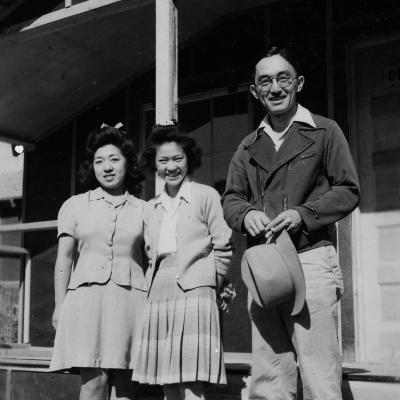Aftermath
President Franklin D. Roosevelt rescinded Executive Order 9066 in 1944, two and a half years after it was enacted. Even then, many Japanese families did not find their ways home until well into 1945 alongside the end of World War II. These families endured countless hardships at the hands of the American government, but their suffering did not end with the closure of internment camps.
The internment process not only striped Japanese Americans of everything they had, but it often brought about hardships even after the war came to an end. Given little to no warning, Japanese families had been unable to secure their assets prior to relocation and as a result were returning to nothing in 1945. Houses had been bought out from under homeowners, shopkeepers discovered their stores had been vandalized in their absence, and many companies discriminated against Japanese workers. Though the U.S. government provided reparations and economic support to help internees readjust to life outside the camps, it became evident that things would never quite be the same.
In addition to physical and monetary hardships, many individuals faced both psychological and cultural trauma in the aftermath of internment. The relocation struck particularly hard among first and second generation families who depended on a community of similarly positioned immigrants to find a home in America, “When I came out of camp, I thought I was free, but I didn’t know what my direction and goals were when I came to New York City. I ran into cultural groups that were just so totally alien from anything. There was no community.” Struggling with identity has become a major issue for the post-internment generations of Japanese Americans which no amount of reparation can truly repair.
Another hurdle Japanese Americans faced was organized discrimination from several anti-Japanese organizations formed during war time. These groups were radically opposed to the reintegration of Japanese families and would even resort to violence to maintain their views. Though this only affected a minority of returning Japanese families it was publicized enough to scare those still waiting in the camps, discouraging them from leaving.


